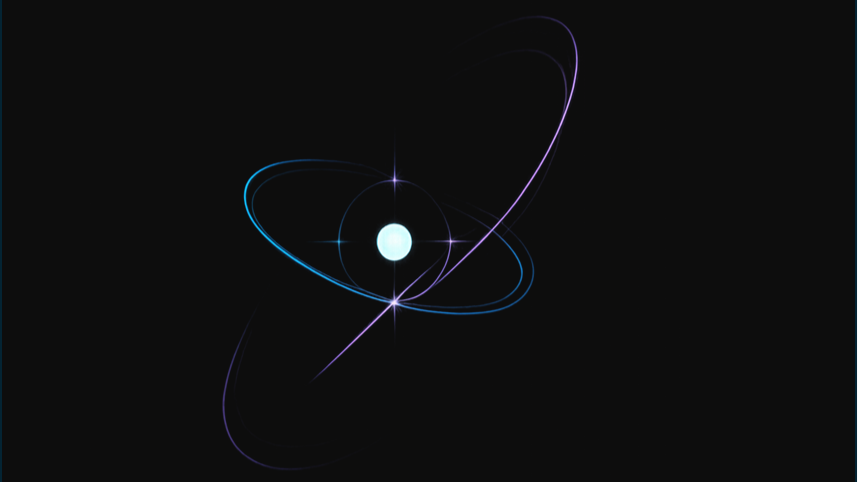The Algebra of Light- Fractional Quantum Mechanics & Error Correction
- Quantum Quill

- Aug 6
- 2 min read
Updated: Sep 9
CHAPTER 9
When Noise Gets Filtered Before It Becomes an Error

What if we could stop an error before it even becomes one?
In most quantum computers today, error correction works like this:
Detect the mistake → decode the syndrome → fix it. But this costs time, hardware, and a lot of extra qubits.
At Rotonium, we take a different approach. Instead of patching errors after they happen, we design the mathematics of the photon itself so that many small disturbances never even show up as logical errors.
How? Through a strange but powerful concept called fractional quantum mechanics.
Fractional? Like half a particle?
Not quite. “Fractional,” in this case, refers to how a photon evolves over time.
In standard quantum mechanics, time evolution is smooth and predictable—it’s governed by whole-number derivatives.
But in systems with complex internal structure—like our SAM–OAM photons—the behavior can follow fractional-order equations, where the system's change is not “linear” or “quadratic,” but something in between.
This leads to exotic but robust effects. For example:
Phases that accumulate in steps of π/2, not just π;
A photon’s state that explores more paths before settling into its final logic value;
And a natural way to separate signal from noise—not by fighting decoherence, but by avoiding it altogether.
Filtering noise through symmetry
In our chip, every logical photon lives in a well-defined symmetry sector. If noise disturbs the photon’s mode symmetry—due to phase mismatch, modal crosstalk, or device-level drift—it cancels itself out at the next gate. What survives is either a correct state or no detection at all.
The out-of-place part cancels itself out. It doesn’t flip the bit. It doesn’t corrupt the logic. It just… disappears. The system reads it as vacuum—no photon detected—rather than a wrong answer.
We call this graded noise filtering, and it’s based on the same Z₂ × Z₂ algebra we’ve used throughout this series.
When correction is still needed, we stay in one photon
Of course, no system is perfect. When the disturbance is big enough, we detect it by comparing the expected state with the observed outcome—what the paper calls ΔQ, a diagnostic operator.
If ΔQ is larger than a tiny threshold, we apply a correction. But here’s the key:
We don’t need to bring in extra photons.
We don’t need to entangle anything.
We just apply a unitary transformation to the same photon’s SAM–OAM state.
So even when we correct, we do it without ancilla, without post-selection, and without leaving the compact, integrated world of structured light.
Why this is ideal for quantum at the edge
In bulky quantum systems—those based on cryogenic superconductors or vacuum ion traps—error correction often adds massive overhead. But for real-world applications, we need quantum devices that are:
Compact
Energy-efficient
And deployable at the edge (like satellites, drones, or medical devices)
By embedding robustness directly into the geometry of the photon, and by correcting without multiplying hardware, our model provides an alternative path:
A quantum logic that is naturally resistant to error—and ready to scale at room temperature.
References
Original Scientific Article: Graded Paraparticle Algebra of Majorana Fields for Multidimensional Quantum Computing with Structured Light


